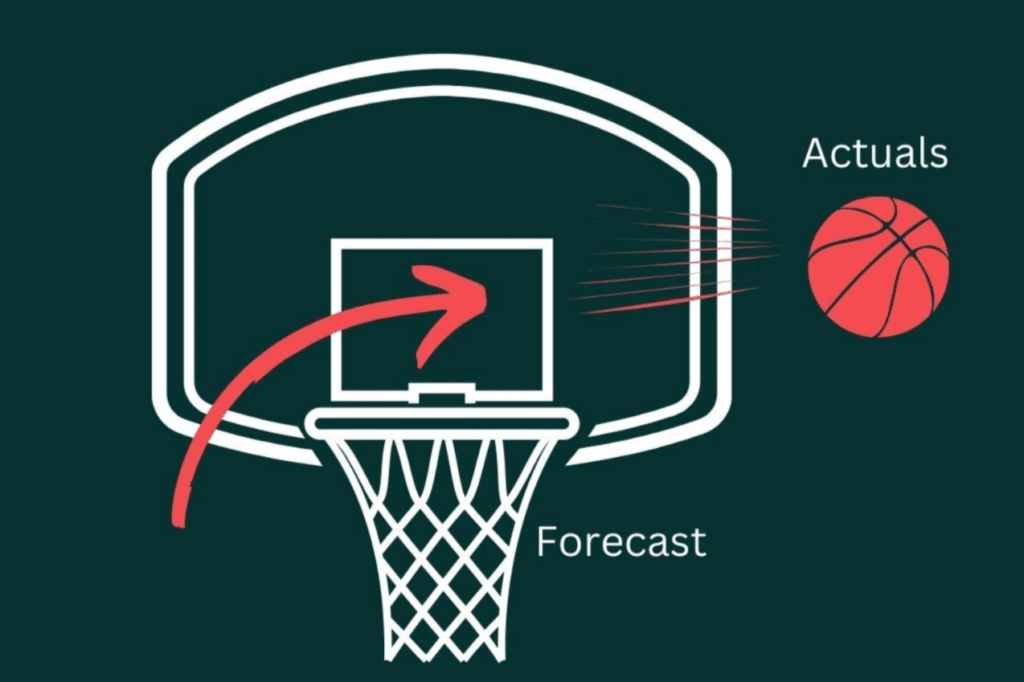An estimated 56 percent of today’s workforce is using AI to automate or augment job tasks. Is your job at risk?
Well, yes. But maybe not. For now.
Despite its current headlining status, companies have used modern artificial intelligence since the 1980s and 90s. Do you remember Deep Blue beating World Chess Champion Garry Kasparov in 1997? That was an early form of AI technology.
Fast forward to the present day. AI primarily focuses on automating tasks, analyzing and interpreting existing data, and supporting informed decisions or predictions that target optimization and classification tasks. According to Forbes, 64 percent of business owners believe that AI will “improve customer relationships and increase productivity,” and 60 percent “expect AI to drive sales growth.”
The rise of AI in the job market has sparked widespread concern, especially generative AI. By using existing data as a foundation, generative AI creates original outputs that extend beyond the data it was trained on, offering fresh perspectives and novel creations. But understanding the true impact reveals that these AI forms are more likely to TRANSFORM rather than ELIMINATE jobs. Here’s how:
Myth #1: Only Repetitive Jobs Are at Risk
Every occupation and industry is impacted by AI technology. Experts recognize that production, transportation, food prep, and office administration jobs are the most vulnerable to AI-backed automation. Studies show that around 70 percent of these job tasks are automatable. However, these jobs represent only one-quarter of all jobs. And, with automation handling the bulk of repetitive tasks, employees are open to acquiring higher skills.
Myth #2: AI Will Create Mass Unemployment
Almost half (44 percent) of organizations anticipate AI-impacted layoffs in 2024. The good news is that 96 percent of recruiting companies see experience in AI skills as an attractive quality in candidates.
The fear of widespread unemployment due to AI ignores the potential for new job creation in emerging fields and industries, often requiring a blend of human and machine collaboration.
Myth #3: AI Requires No Human Oversight
Another myth is that AI systems can function entirely autonomously. AI requires human oversight to ensure ethical use, accuracy, and alignment with business goals.
While 63 percent of employees believe that AI could boost job satisfaction and engagement, 54 percent don’t know how their companies are using it. This disconnect emphasizes the need for companies to be more transparent about their AI usage and to communicate the benefits of prioritizing AI in the workplace. By doing so, they can build trust with employees, increase productivity, and improve overall business outcomes.
Myth #4: AI Will Drastically Reduce Job Quality
The assumption that AI will lower job quality by making work more mechanical ignores how AI can actually free workers from mundane tasks. This enables employees to focus on more meaningful, value-added activities. K Krithivasan, CEO and managing director at Tata Consultancy Services, says it best: “Transforming good work into great will be its real benefit.” The key is the “democratization of knowledge.” He adds, “This will allow for jobs to be elevated by AI, levelling [sic] existing knowledge gaps and increasing global access to information.”
The transformation is real. However, while the economic benefits of automation are significant, fully realizing this potential takes time and effort. Experts estimate that it will take at least 20 years to automate merely half of work-related tasks among different industries worldwide. Numerous barriers—whether legal, political, economic, social, technological, or otherwise—hinder the widespread adoption of automation tools, and overcoming these obstacles could take decades. So, while change is inevitable, it is also slow and gradual.
By dispelling myths and focusing on how AI can complement human skills, we can better navigate this technological shift and recognize the opportunities for growth, innovation, and job creation in an AI-augmented workforce.










